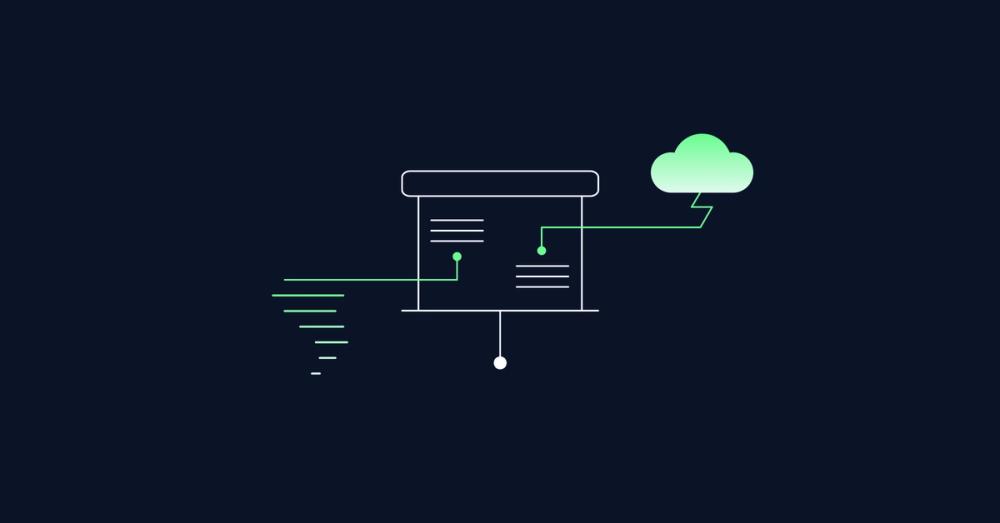What is a Persona?
This post is part of a series
Personas
What is a Persona? (currently reading)
6′ reading timeUnsucking Personas - A step-by-step Tutorial.
8′ reading timeWhy Personas Suck
8′ reading timeTransforming Personas: From Outdated Artifacts to Dynamic, Data-Driven Tools
12′ reading timeCreating Stakeholder Buy-In: How to Make Personas Work for Your Team
7′ reading time

Business Persona, Marketing Persona, Buyer Persona, User Persona – you’ve probably heard at least one of these terms before.
But what exactly are they, how are they used, and why have they become essential in product, business, and marketing decision-making? Personas are tools that go beyond just another buzzword in the business world. Personas are fictional representations of your ideal customers. They give you a view of who you're serving, what they care about, and how your product or service fits into their world.
So, What Exactly is a Persona ? Link to this headline
Imagine you're launching a new product. You could just guess what your customers want—or you could develop personas to represent your key customer segments. A persona is a composite sketch of a key characteristics of your audience, backed by data and insights. It captures the motivations, challenges, and needs of that audience so that you can tailor your strategies and solutions to them.
A persona is set to tell you a story about your customer. It includes details like what your customer does for a living, their biggest pain points, what success looks like for them, and how your product helps them achieve their goals. This helps everyone on your team, from marketing to product development, stay aligned on who they’re serving and how best to serve them.
Different Types of Personas Link to this headline
Not all personas are created equal! Depending on your goal, you might need to focus on different types of personas. Here are a few common ones:
1. User Personas Link to this headline
User personas represent the end-users of your product or service. If you're developing an app, for example, a user persona will reflect the person actually using that app. These personas help product teams focus on features and experiences that are truly user-centric.
2. Buyer Personas Link to this headline
Buyer personas focus on the decision-makers. These could be CEOs, procurement managers, or IT heads—the people who make the purchasing decisions. Buyer personas are particularly crucial in B2B settings, where the person buying may not be the same person using the product.
3. Strategy Personas Link to this headline
Strategy personas look at the high-level decision-makers who influence overall business direction, often found in senior management or C-level positions. Understanding their motivations is key to crafting proposals that align with business goals. These personas are essential for pitching to large enterprises or long-term clients.
4. Customer Personas Link to this headline
These personas zoom out a bit and cover both end-users and decision-makers, showing how they intersect. Customer personas are often useful in sales, marketing, and product development because they give a holistic view of the customer journey, from discovery to purchase.
When Should You Use Personas? Link to this headline
Personas are not a one-time tool. You should use them throughout the entire customer journey—from product development to post-launch marketing and sales. Here’s where they come in handy:
- Early Stage Product Development: Before you write a single line of code or develop a prototype , personas help ensure you’re building something that solves real problems for real people.
- Marketing Strategy: When crafting your messaging and choosing where to advertise, personas help ensure your campaigns resonate with the right people.
- Sales & Customer Success: Personas help your sales team understand the pain points of different customer segments, allowing them to speak directly to those needs during pitches.
Why are Personas Important? Link to this headline
Let’s break down why personas are worth the time and effort:
Alignment Across Teams Link to this headline
Personas align everyone in your organization around the same customer vision. This eliminates guesswork, ensuring your marketing, sales, product, and customer success teams are all rowing in the same direction.
Laser-Focused Marketing Link to this headline
Ever felt like your marketing message was falling flat? It’s probably because you weren’t speaking to the right audience. Personas help you tailor your messaging so it speaks directly to your ideal customers, driving better engagement and conversions.
Efficient Product Development Link to this headline
No one likes to develop a product only to find out no one wants to use it. Personas help prevent that by giving product teams a clear idea of who they’re designing for and what features are truly necessary.
Data-Driven Decisions Link to this headline
Personas are grounded in research. You’re not just pulling ideas out of thin air; you're working with real data about your customers. This makes your business decisions more informed, strategic, and effective.
Conclusion Link to this headline
Whether you’re a CEO looking to align your teams, a founder refining your product, or a UX practitioner enhancing the user experience, personas are invaluable. They bring clarity to the complexity of customer needs, ensuring your business delivers value where it matters most.
Personas are the blueprint that ensures you’re building something your customers actually want. Ready to put them to work? Let’s get started!


